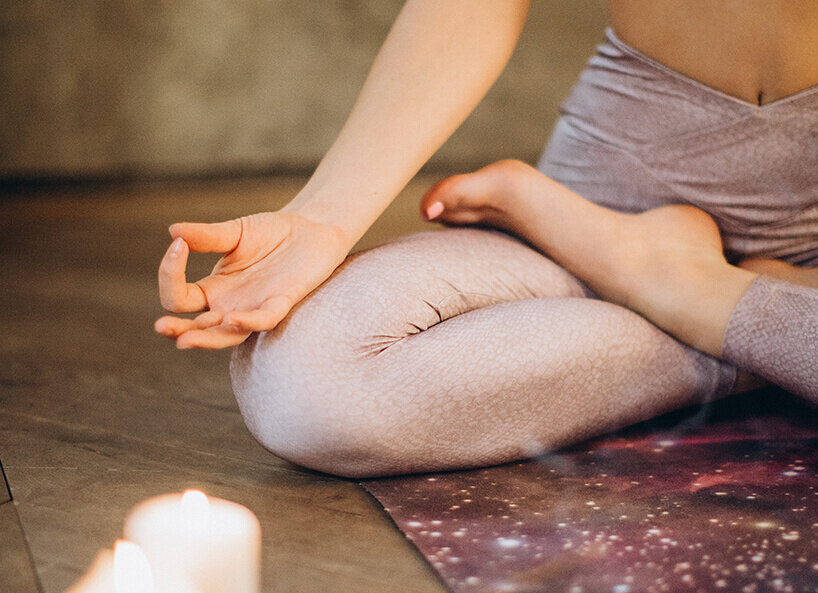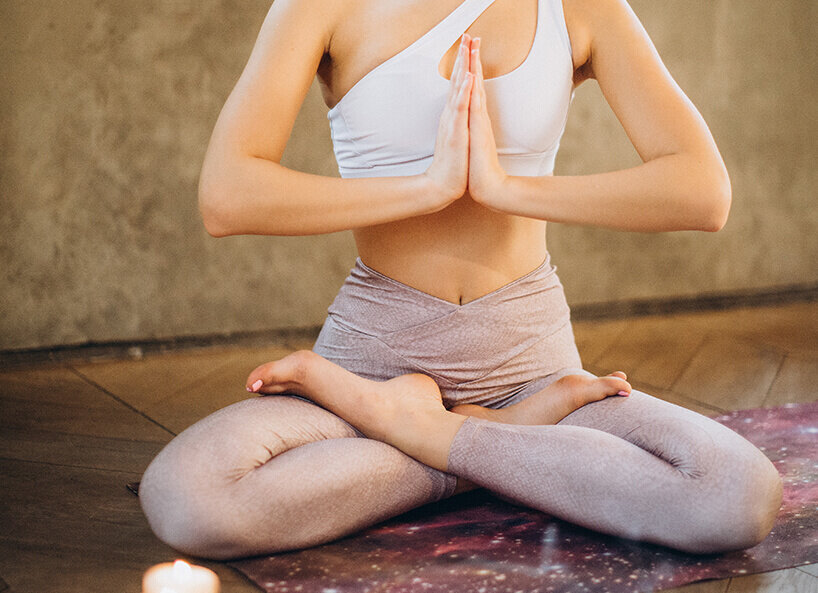Zazen - Buddhist Meditation while Sitting

Zazen is a part of Buddhist meditation that has been practiced for hundreds of years. It is intended to help calm the mind and nurture mental health. During Zazen, practitioners sit on the floor or on a cushion, assuming a specific posture that optimally supports the flow of thoughts and bodily fluids. With a little practice and preferably guidance from an experienced Zen master, even beginners can quickly learn the basics of Zen meditation and enjoy the many benefits of this practice.
Where Does Zazen Come From?
The practice of Zazen originated within the Zen Buddhism tradition. Zen traces its roots back to a movement within Mahayana Buddhism, which developed in 5th-century China as the so-called Chan Buddhism. Initially, Daoist values influenced this direction, providing clear guidance. From the 12th century onwards, these teachings made their way to Japan, where they were refined and nurtured in the form of Zen. One of the most significant Zen teachers from this period is Dogen Zenji. He transformed the classical Chan from China into Japanese Zen and founded the Eiheij-ji Monastery, which, after destruction in the 14th century and reconstruction in the 16th century, is still in operation today. The Chinese word "Chan" roughly translates to "attain a state of meditative absorption."
Zen venerates neither deities nor supernatural phenomena. It focuses on the pure essence of one's own experiences. Those who learn Zen, and consequently Zazen, aim to free themselves from the burden of unnecessary attachments and recognize the true nature of their surroundings. Although Zen and the practice of Zazen are not a religion in the traditional sense, there are several schools where masters support and guide their students in meditation. Zazen serves as the foundation for learning Zen, and practitioners can also cultivate rituals of mindfulness in daily life to attain a state of enlightenment.


What Does Traditional Zen Meditation Achieve?
The regular practice of this meditation induces an inward turn while simultaneously sharpening all external senses. Zazen engages various systems in the body, leading to improvements in:
- Muscular and nervous systems
- Cardiovascular system
- Breathing patterns
- Digestive tract
- Pain perception
- Immune defense system
Scientific findings suggest that meditation can protect genetic information and positively influence brain structures. Many Zen practitioners report that meditation promotes positive thinking. They enhance their posture, easily learned through mindfulness in daily life. Happiness, creativity, and self-healing abilities are said to be strengthened. Little is needed for the practice: some quiet, a sitting cushion, and concentration. Those who have tried the Zazen practice and can meditate regularly will soon marvel at the many improvements in their lives.
Practice in this sitting position

For Zen meditation, it is helpful to wear comfortable clothing. This can include loose pants with a shirt or sweater, and even regular sportswear works fine.
During meditation, practitioners sit on the floor or on a meditation cushion, assuming the Burmese sitting posture with their knees touching the ground. The posture should be upright and naturally relaxed. In the lotus position, one leg is crossed over the other, and the feet rest crossed on the opposite thighs. If sitting in this position is challenging, other postures with cushions or even on a chair are possible. The crucial aspect is that the posture for this Zen meditation exercise optimally supports breathing through an upright position and a straight alignment of the head and spine.
Both hands rest lightly on the thighs in a relaxed manner. The fingers of the left hand are placed over the fingers of the right hand, with both palms facing upward. The thumbs lightly touch each other and lie horizontally. The edges of the hands establish contact with the lower abdomen during meditation. The gaze during Zen meditation is not focused but should not wander around the surroundings.
How zazen meditation works


After assuming the optimal sitting posture, Zen meditation begins in a rather uneventful manner with steady breathing. Exhale slowly and forcefully, and inhalation can occur automatically. If an image or thought arises in the mind's eye, it is observed impartially and then released. To prevent the concentration from wandering, besides maintaining an upright posture, it may be helpful to internally count, observe the breath, or monitor the heartbeat. In Soto Zen, practitioners sit facing the wall to exclude all distractions for the mind and eyes. In Rinzai Zen meditation, individuals sit with their backs to the wall.
During this period of stillness, thoughts stored in the subconscious may surface. Mind and body can reconnect and find harmony. For beginners, a meditation duration of 10 or 20 minutes can be sufficient. Guided meditation starts with an introduction and can instruct practitioners in specific breathing techniques and visualizations. After a certain time of seated Zen meditation, walking meditation can be incorporated.
Tips for Beginners
For those who want to learn Zazen as beginners, it's best to find a good teacher who can provide practical guidance. This includes checking the sitting posture: Are the knees and legs positioned correctly? Is the back straight? Is the head in the ideal position and alignment? The comfort of Zen meditation depends on the correct sitting posture, preventing cramps or tingling in the legs after a short time. If one cannot adopt the full or half lotus position with crossed legs, trying kneeling on the floor or on a cushion is an option.
Even more crucial than the sitting posture, especially for beginners, is the inner mental attitude. It should focus on high mindfulness without force. Thoughts arising during meditation are entirely normal. The key is to consistently return to the point of stillness. Integrating Zazen meditation into one's life requires nothing more than a bit of perseverance and good guidance.
















-from-the-yakiyaki-grill-pan.jpg)




